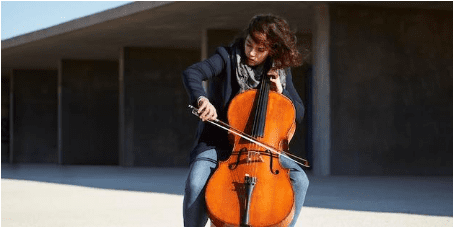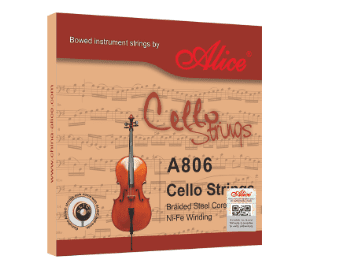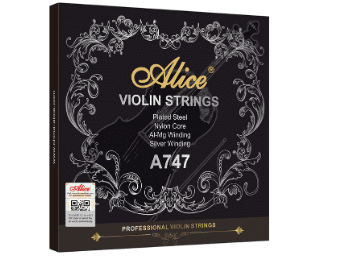Are you confused between violin and cello — the two identical-looking stringed musical instruments? Well, there are several differences between the two, right from strings on a cello to the instruments’ shapes to how both the instruments sound. And it’s important that you know the critical differences! Therefore, this quick post will help you understand what makes a cello different from a violin. Let’s get started!
What Is a Violin? What Does a Violin Sound Like?
A violin is essentially a stringed musical instrument or a wooden chordophone that is played with a horsehair bow. Developed in the 16th century, this classic musical instrument has four strings and a body that is narrow in the middle. It has a rounded shape and is also sometimes called a fiddle.
The sound of a violin can be described by a ton of adjectives. Some call the sound warm, clear, deep, or brilliant, while others describe it as smooth, lyrical, or rich. Regardless of what people say, one should know that a violin’s sound is that of power. A good violin in good hands will produce a sound that will fill your heart with the feeling of power and upliftment!
What Is a Cello? What Does a Cello Sound Like?
A cello is another bowed, stringed musical instrument that contains four strings tuned in perfect fifths. It looks like a large violin as its shape is similar to a violin’s. The musical instrument is held upright between the knees while playing it sitting down. It also has an extendible metal spike which provides additional support at the bottom.
Cello offers a resonant sound just like all other stringed musical instruments. However, the resonance tends toward the one that you might hear from an acoustic guitar. Cello brilliantly covers the lower-range frequencies of a normal human voice and does an excellent job of covering the higher end as well. In the hands of a master, strings on a cello sound like a sublimely beautiful musical instrument.
Violin Vs. Cello: What Are the Differences Between These Two Instruments?
-
String: Violins have shorter and thinner strings, while strings on a cello are longer and thicker.
-
Size: Cello and violin might look identical, but a cello is larger and heavier than a violin.
-
Bow: Cello bows have a large surface area and are usually shorter in length. In contrast, violins have a thinner girth and longer length.
-
Tuning: Strings on a cello are tuned from thickest to thinnest. Therefore, it is tuned from A, D, G, to C. Violin strings are tuned from G, D, A, to E.
-
Playing position: Cello is played in a seated position with the instrument held between the legs. The strings on a cello face forward. A violin can be played seated or standing, with strings facing upwards.
Do You Have the Right String Set to Play Violin or Cello?
Are you planning to learn how to play violin or cello? Or maybe you just want to practice playing your favourite songs with your friends and family members. It’s crucial that you check if your violin or cello has the right strings.
We highly recommend buying A806 cello string sets as these have a braided steel core and Ni-Fe winding — making these strings best for practicing or performing! Alice cello string sets come with a warm yet bright timbre that offers natural responsiveness and a comfortable feel.
Violin enthusiasts should go for Alice A747 violin string sets that have plated steel plain string, a nylon core with Al-Mg, and silver winding. The strings add a resonating bass which brilliantly complements the mellow, elegant treble. These string sets are perfect for performing and recording.
Final Thoughts!
The differences between strings on a cello and a violin can be both subtle and apparent. Therefore, you are suggested to trust the professionals when you want to put strings on a cello or violin. Alice takes pride in their professional manufacturing processes and quality checks that are driven by extensive research and development. Check out the company profile to see how Alice devotes hard work and detail to every single string — delivering an out-of-world instrument-playing experience.
































